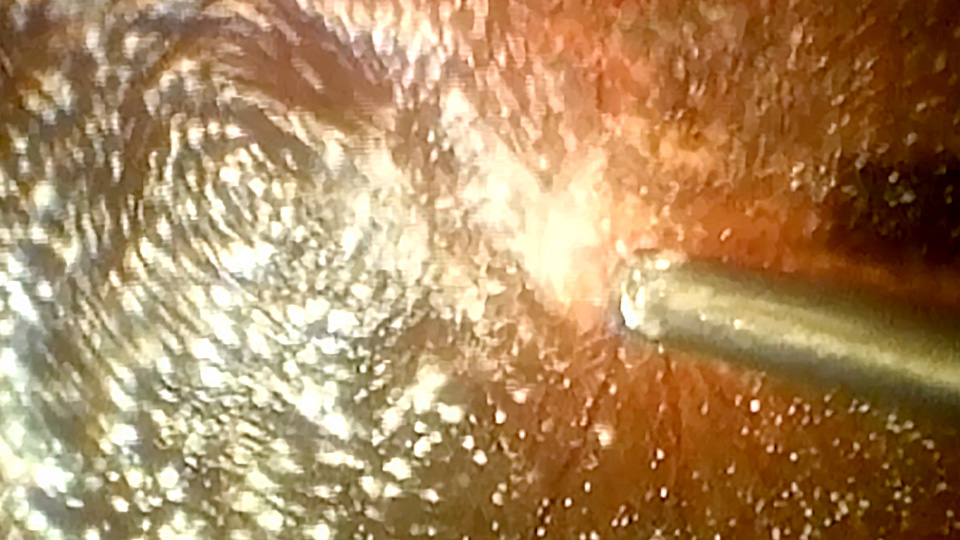What do flashes of light in the eyes mean and how to act
04/11/2025

12/04/2023
Many times patients will not realize that small shiny crystals have appeared in their eyes. In most cases, they will be detected during a routine ophthalmological examination since its symptoms are usually mild. In this article, we will tell you about synchysis scintillans and asteroid hyalosis, two conditions that affect the vitreous.
The synchysis scintillans consists of the appearance of some opacities formed by cholesterol crystals that float in the vitreous humor of the eye. Crystals have the ability to reflect light and acquire a golden hue, which is why this condition is popularly known as "golden eye."
The most frequent causes of its appearance are intraocular inflammation, ocular trauma or vitreous hemorrhage. It generally does not require treatment, although in cases where there is decreased vision it may be necessary to perform a vitrectomy.
Asteroidal hyalosis is an eye disorder in which small particles of calcium resembling stars (hence the name asteroid) accumulate in the vitreous.
Although the exact cause of asteroid hyalosis is unknown, it is believed that it may be related to systemic diseases such as diabetes or high blood pressure, although this has not been proven.
In most cases, asteroid hyalosis does not cause symptoms and therefore does not require treatment. However, in cases where calcium buildup is severe enough to affect vision, vitrectomy may be considered.
Synchysis scintillans and asteroid hyalosis are two conditions that affect the vitreous and can cause visual problems. It is important that anyone experiencing vision problems see an ophthalmologist for an accurate diagnosis and proper treatment.
Dr. Mª José Capella, ophthalmologist at the Barraquer Ophthalmology Centre